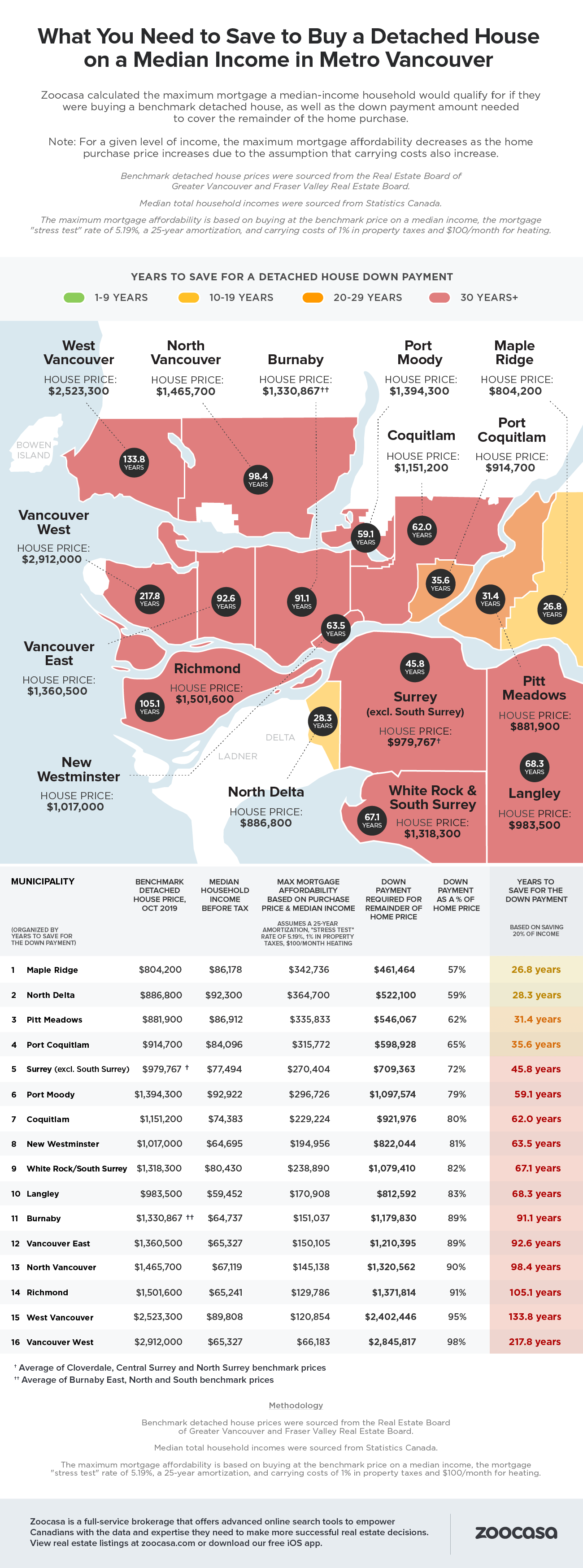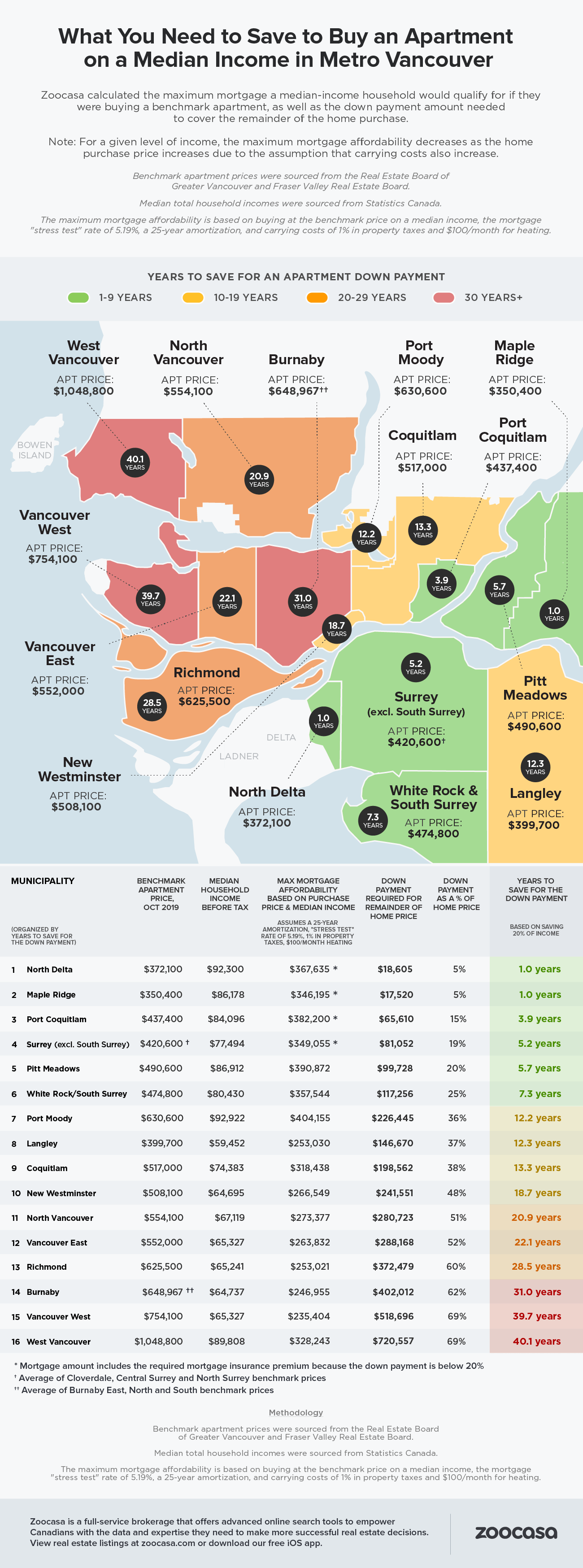Some great tips if you’re planning a move this holiday season from our friends at the StorageCafe.
Moving during the winter holiday season might not be your first choice – or even your second – but, if you’re in this position, it’s probably because of some very serious reasons. Once the decision is made, it’s important to learn all about the particularities of moving during this pretty busy time of the year, what you should be paying extra attention to, and how you can actually benefit from the situation.
Pick the Actual Day of the Move Carefully
The winter holiday season conventionally spreads from Black Friday until New Year’s Eve, but there are several “peak days” during this time that you shouldn’t choose as your moving dates. Black Friday sees a huge amount of road traffic, so driving a rental truck on any of those days will be quite challenging. However, the weekend following Black Friday is a good choice, as the shopping madness subsides.
Avoid, for the same reason, the couple of days leading up to Christmas –from December 22ndto December 24th, when roads and airports are extremely busy. But if you’re planning a DIY move with a rented truck, the first and second Christmas Days might just be the winning bet – everyone’s at home, the roads are almost deserted, and you and your family have time off from work and school – but only if you don’t celebrate Christmas too much!
However, if you’re interested in hiring a moving company, you need to rethink the time frame. It’s unlikely you will find companies available to move you during Christmas or Boxing Day. However, excluding those celebratory days, a winter holiday season move might actually save you some bucks. Few people choose to move in November and December, due to weather, so moving companies are at their slowest and slashing prices.
Make the Most of Your Family’s Days Off
Another silver lining of moving during this time of the year is that you’re probably having more days off than usual. It’s no fun to spend those days packing your home, but at least you have time to do it properly. Besides, you’ll be celebrating the New Year in your new home, which counts for something.
Make the most of your free days and jump-start your move. Sort through your things, decide what goes with you and what stays behind, and prepare the bulk of your stuff for moving.
If it’s a relatively short-distance move, for example from Philadelphia to New York City in the U.S., or from Toronto to Mississauga in Canada, you can even do it in stages, to ease the burden. For example, rent a self-storage unit and use it as your “moving base” – pack during your time-off, then make a few trips and store your stuff in there. Self-storage facilities have convenient schedules, and many are even open seven days a week, 24 hours per day –it’s easy to fit in some back-and-forth trips. By the time the actual moving day arrives, most of your belongings will already be at the destination, making the whole process a lot easier.
Now Is the Perfect Time for Donations
Moving also involves decluttering – and what better time of the year than this to donate the items you no longer need? Contact a charity organization and have them pick up your slightly worn things that are in high demand right now, such as winter clothing, books, toys, baby stuff and even furniture and electronics.
You could also donate your winter holiday decorations – it’s unlikely you’ll have the time for a fully decorated home this year, so why not spread the cheer and give them to someone who would truly appreciate them?
You Can Benefit from Seasonal Sales
If you’re planning to buy new furniture, electronics, or appliances for your new home, you’re in luck, and you’ll probably score some great deals. Black Friday, Cyber Monday, and Christmas sales await you – we’re talking about weeks of special offers and discounted prices.
Check out the offers and do the math – is it worth it to pack and transport your furniture and appliances? Moving large items is usually the most expensive part of a move – maybe you’re better off leaving them behind and getting new items at your destination.
Remember to Celebrate
Hold on to the cheer! You’re moving during the holiday season, but that doesn’t mean you can’t still have fun. You might not have the time, energy, or money for a full-blown holiday season, with dinner parties, gifts, and decorations. But you’re spending time with your family – a lot more than usual, for sure – and that’s the most important part. Christmas on the road? Well, you can make it memorable by packing a goodie basket and small gifts for everyone, and by playing family road-trip games.
Planning ahead and making the most of every opportunity this special time of the year provides will help you manage your winter holiday season move – and maybe it’s not going to be nearly as bad as you initially feared!



